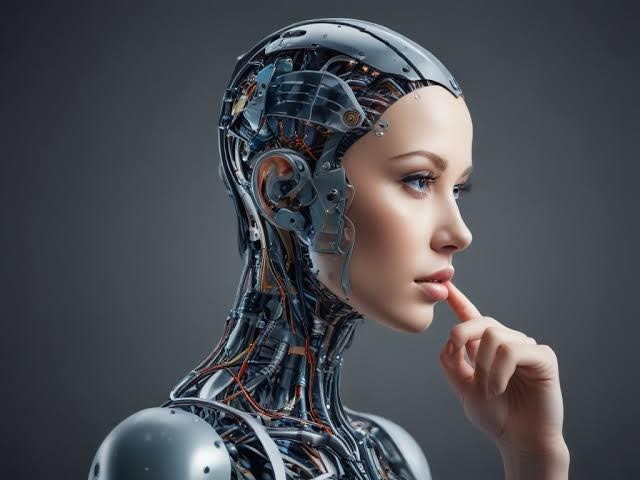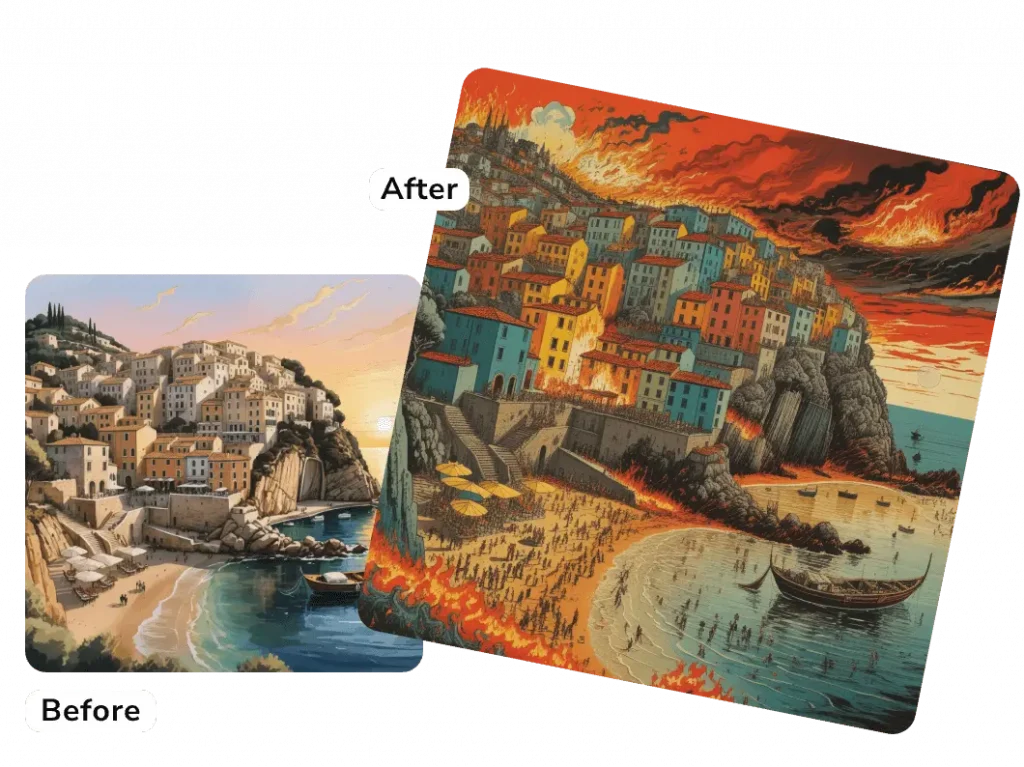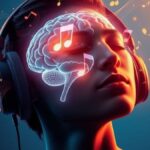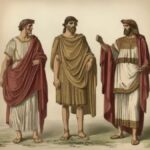The never-ending advancement brought about by artificial intelligence (AI) has significantly disrupted the imagination industry, starting from its innovations that have changed the status quo. AI image generators are one such innovation that allows users to create beautiful images with little to no effort and in the most efficient manner. These tools leverage machine learning technology to turn a concept into an image and facilitate creation. This article aims to examine the features, uses, and advantages of AI image generators in addition to instructional ways to take advantage of this technology.

How Do AI Image Generators Work?
Image to Image AI generation involves more than simple tasks. It operates by utilising sophisticated tools, including image generators that incorporate some levels of neural networks to create, enhance, or even modify images. These tools utilise input data such as text descriptions, rough sketches, or images to create new visuals that meet users’ requirements.
For instance, you can ask the AI for an image description and receive back an imaged display appropriate to the description given. Or, simply send it a rough sketch, and you will receive a detailed illustrated design back. All of these possibilities are the result of user engagement combined with the introduction of technology.
How exactly does an AI Image generator function?
The technology behind AI image generator is quite sophisticated. One such technology piece is a Generative Adversarial Network or GAN. A GAN is composed of two parts, which are:
Generator – This produces new images based on the input data provided.
Discriminator:
This is responsible for checking whether the images generated are real and coherent enough to be considered for the intended purpose.
Usually, such tools are done using a three-step sequence:
Input Data – A user inputs a text description, image or collage that acts as a source of reference.
Processing: The AI makes sense of the received input and applies its knowledge to create the image.
Output Generation—The final stage involves rendering the final image, which is sometimes modified to allow personalisation to the user’s liking.
What are the Uses of AI Image Generators
The AI image generators are not limited to a particular industry or source of creativity. Here are a few significant points for which they can be applied:
1. Digital Art
With AI image generators, artists can create images using different styles and techniques. Be it abstract art, photorealistic images of landscapes, or surreal art – the possibilities are endless.
2. Marketing and Branding
Marketers use AI image generators to create captivating images for advertisements, social media posts, and posters. These tools aid in creating appealing content for the desired audience while reducing the amount of time and effort required.
3. E-Commerce and Product Design
In the context of e-commerce, businesses can engage AI to create product graphics, packaging, and even marketing designs. This makes the design undertaking more efficient and productive, as it ensures a uniform image across platforms.
4. Content Creation for Blogs and Media
Bloggers and video makers use AI-based image creation tools to spice up their articles with images. This not only increases audience interaction but also helps achieve set SEO strategies.
5. Gaming and Animation
In other interviews, Nok has claimed that AI-generated images assist game creators and animators in building characters, environments, and other assets. This enhances the rate of work without compromising the quality.

Benefits of AI Image Generators
The factors mentioned above have been the reason for the increasing demand for AI image generators:
Time Saving:
With AI, the amount of time required to churn out a decent, visible increase diminishes, allowing tasks to be done within a short period.
Affordable:
These tools reduce the need for expensive graphic designers or software for small jobs.
Everyone can use it:
Practice makes perfect, but no expertise is required in using AI image creatorsk requires little practice to master
Freedom to create:
AI allows users to play around with styles, themes, and composition.
Authoritative control:
Companies can create vast amounts of content in record time without silos due to the one company, one campaign policy.
Well-known AI Image Generator Tools
Many AI image generator platforms are in use today due to their remarkable ability and ease of use. Some of them include:
1. DALL·E 2
Extensively utilised by content creators and digital artists alike, DALI 2 spearheads the new generation of image rendering software pioneered by OpenAI.
2. PicLumen
PicLumen is an image-to-image service that allows the transformation of simple images into exquisite masterpieces.
3. Artbreeder
With Artbreeder, users can easily create and edit portraits, landscapes, and abstract art, which makes it a popular tool for graphic designers.
4. Runway ML
Runway has confirmed stability when it comes to providing users with tools that help them generate remarkable images and videos regardless of whether they are beginners or professionals.
How to Utilize an AI Image Generator
AI image generators are easy to use and do not take much time to get accustomed to. Create your first AI-made image by following these steps:
1. Choose an Appropriate Platform
There are many AI image generators that can suit you depending on your workflow. Most of them have a trial plan, which will help you understand the features better.
2. Insert input data
In case, a sketch, a reference image, or a text prompt can be employed to improve the image produced, but it is recommended to avoid being verbose as it might confuse the AI.
3. Customization of Settings
Modifying styles, resolution and even colours could assist in getting the image output according to requirements.
4. Image Generation
Press the ‘Generate’ button and let the AI create an image for you. Depending on the complexity of the image, the time may vary between 20 seconds and a few minutes more.
5. Verify and Export
After that, check the output and make small changes accordingly to alleviate any imperfections noted. When the output is confirmed as satisfactory, the image can be exported in any desired format.
Ways To Optimise Result
For better results when using an AI image generator, the following techniques can be used.
Provide in detail the Task:
When describing what you envision for the AI, fill in as much detail as possible.
Try Different Artistic Approaches:
Don’t be afraid to try different art styles when doing your project.
Use Multiple AI’s:
Use many AI platforms to afford complex results.
Adjust and Improve the Image: Expect that the first output will never be the best, so make setting alterations and different prompts to achieve the ideal image.
Legal Aspects
Generative AI Images have a lot of scope but, at the same time, are also associated with many ethical issues. Kindly keep the following in mind:
Issues of Copyright:
Check that the images generated do not violate any copyrights existing.
Image Position:
If an image is AI-generated, inform buyers to protect them from being misled if it is used commercially.
Avoid Misuse:
Never use AI-generated visuals to create false narratives or deceive the audience.
AI technologies, if used responsibly, can ensure an excellent change to the creative society.
The Way Forward for AI Image Generators
The prospects for AI image generators are excellent. Future advancements in the tech are likely to include:
Image Generation in Nature:
The time wasted in processing will be reduced for time-saving effects.
Returning Presence:
Less time will be taken to see less done that is more detailed and accurate.
User Modification:
Tools to perform alterations on the images without changing the original file.
Compatibility with other viable technologies: Effective pairing with AR & VR.
Such advancements will increase diversity in people’s creative sides, allowing them and businesses to make visuals without much hassle in terms of professional standards.
Conclusion
AI image creators are changing the dynamics of visual content creation and how the world uses it. Digital art, branding, games, and e-commerce are just a few of the many areas where these tools have edited processes. With the support of AI, the user delves into transferring thought into virtual representation, creative enhancement, and, most importantly, visual narrative creation.
Try AI image generators that are game changers and witness the future that this technology is purported to bring. The world of creativity is equipped and ready for surreal experiences, so get ready to turn on your imagination.







